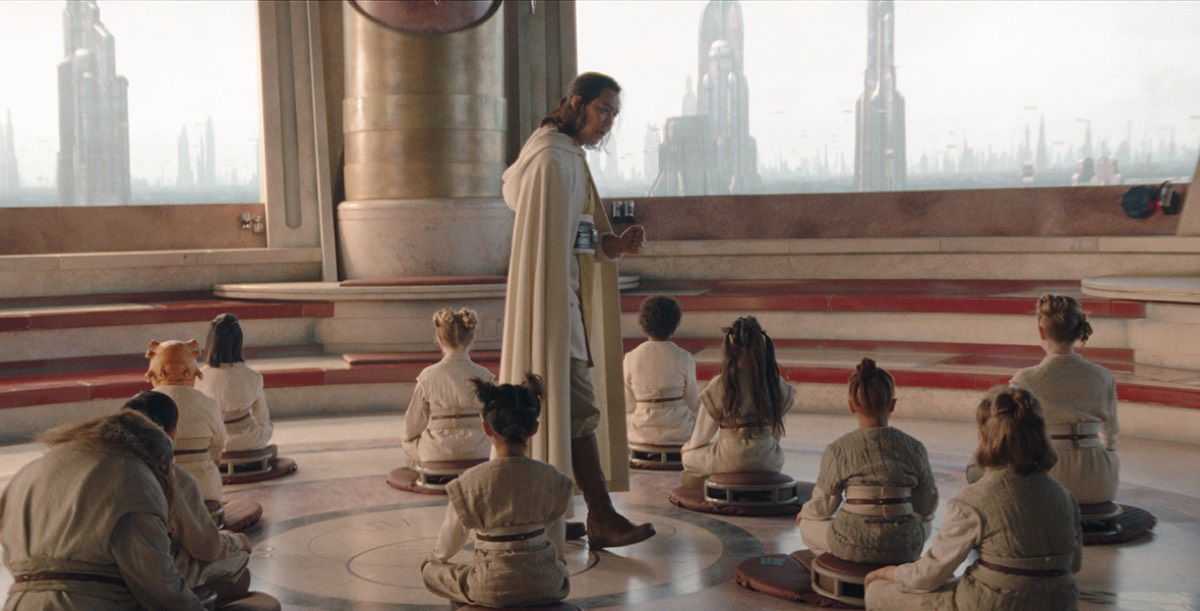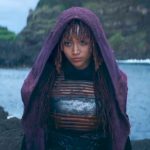The Star Wars franchise is creeping up on the 50-year mark for the original 1977 film that started it all, and Disney+ has successfully kept things fresh with its line of live-action Star Wars spinoff series. The Mandalorian and Andor were both unquestionably popular and critical successes, while The Book of Boba Fett ultimately proved disappointing, focusing less on our favorite bounty hunter and more on setting up the third season of The Mandalorian. Obi-Wan Kenobi and Ahsoka fell somewhere in between, bolstered by strong performances from its leads but often criticized for sluggish pacing.
It's unclear where the latest addition to the TV franchise, The Acolyte, will ultimately fall, but the first five episodes aired thus far bode well for its place in the growing canon. The series eschews the usual Star Wars space-battle fare for a quieter, space Western detective story—who is killing the great Jedi masters of the galaxy?—with highly choreographed fight scenes that draw heavily from the martial arts. And like its predecessors, The Acolyte is recognizably Star Wars. Yet it also boasts a unique aesthetic style that is very much its own.
(Spoilers below for episodes 1 through 5 of The Acolyte.)
A long time ago, in a galaxy far, far away, the Galactic Republic and its Jedi masters symbolized the epitome of enlightenment and peace. Then came the inevitable downfall and outbreak of war as the Sith, who embraced the Dark Side of the Force, came to power. The Acolyte explores those final days of the Republic as the seeds of its destruction were sown.
The eight-episode series was created by Leslye Headland. It's set at the end of the High Republic Era, about a century before the events of The Phantom Menace. Apparently, Headland rather cheekily pitched The Acolyte as "Frozen meets Kill Bill." She drew on wuxia martial arts films for inspiration, much like George Lucas was originally inspired by Westerns and the samurai films of Akira Kurosawa. In this period, the Jedi aren't the underdog rebels battling the evil Galactic Empire. They are at the height of their power and represent the dominant mainstream institution—presumably benevolent, but that might depend on one's perspective. Headland particularly wanted to explore the question of how Darth Sidious managed to come to power and infiltrate the Galactic Senate without the Jedi ever suspecting it.










 Loading comments...
Loading comments...
